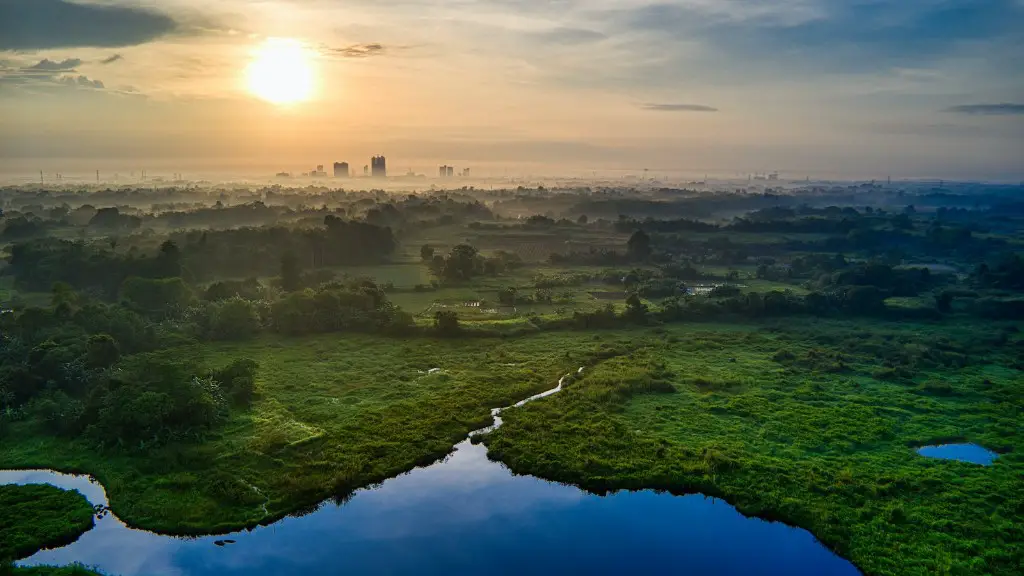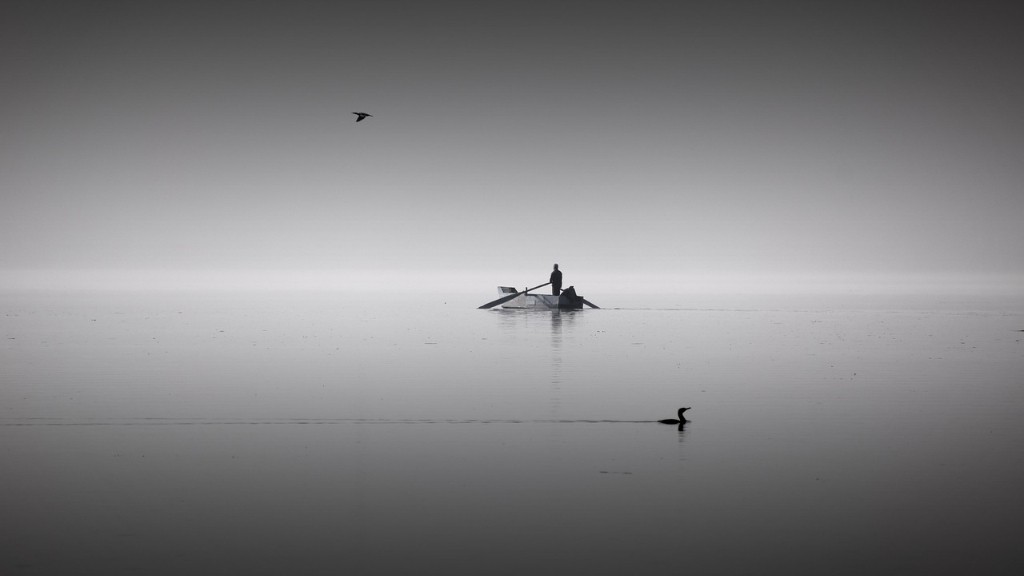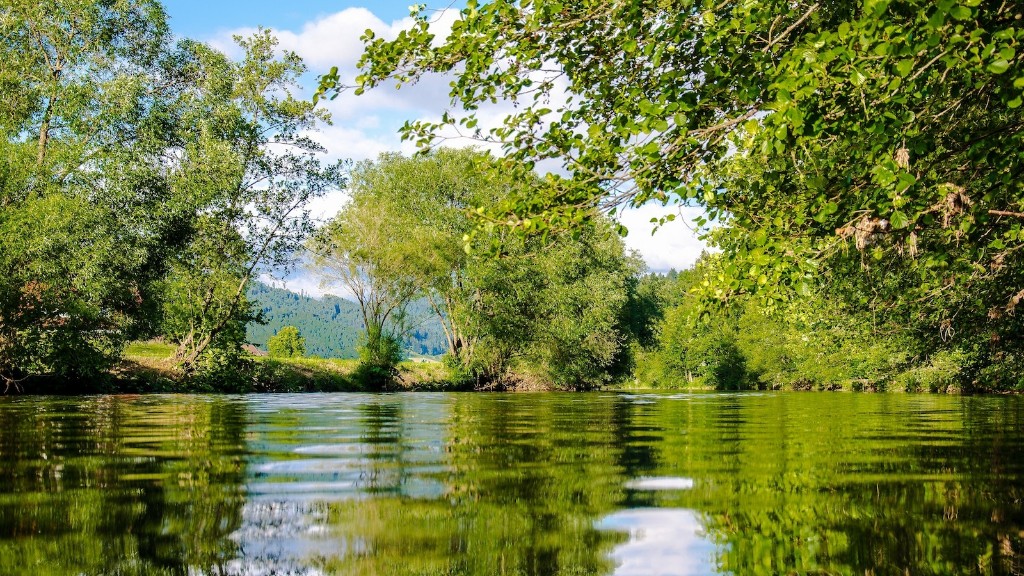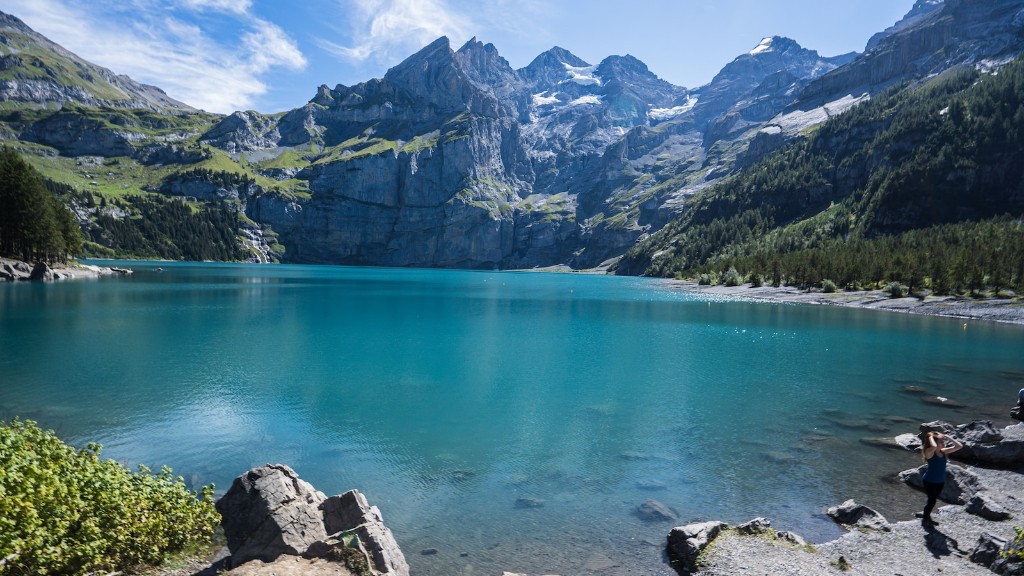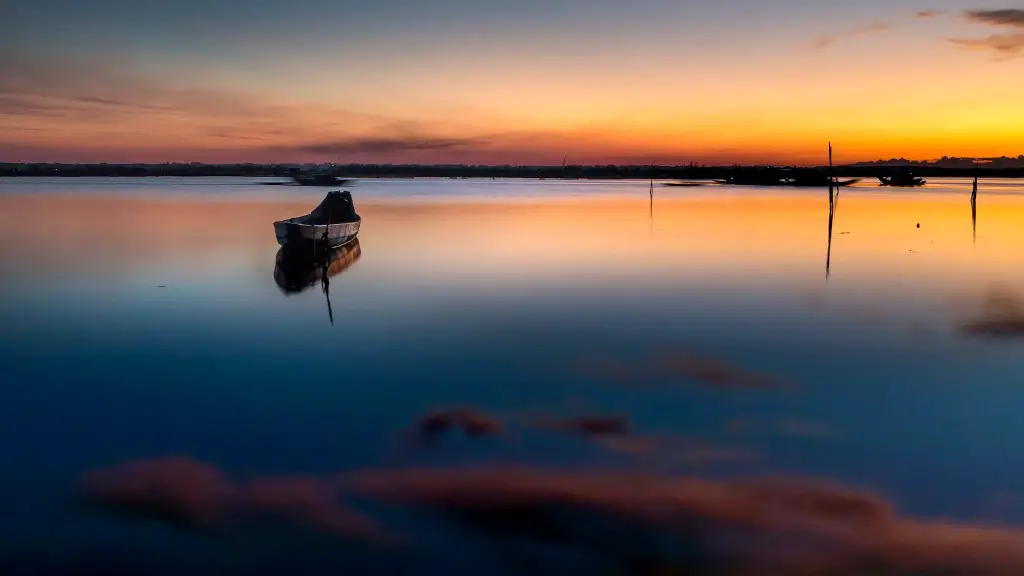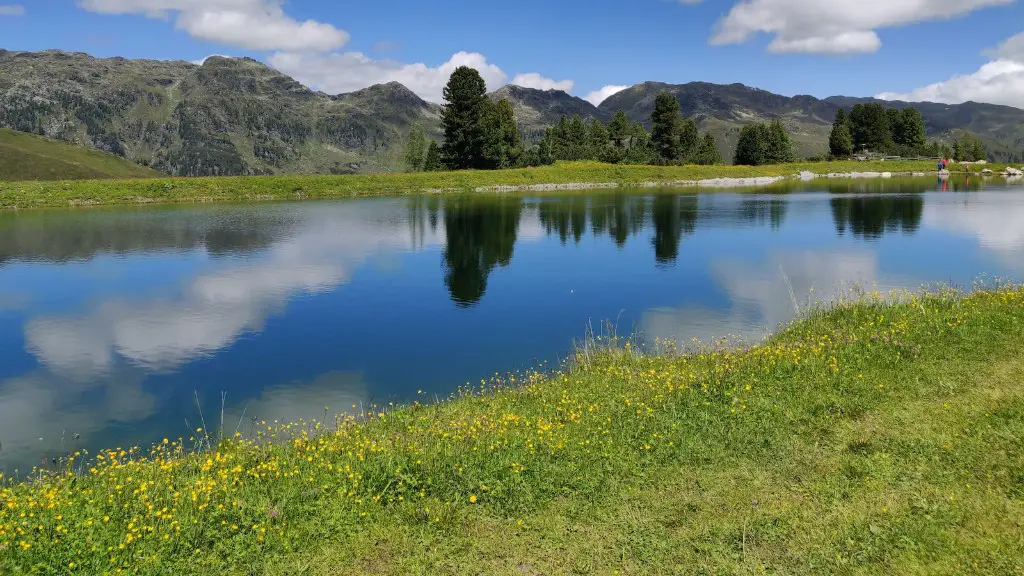Salmon fishing in Lake Superior is a unique experience, with thousands of miles of lake shoreline, plenty of hidden coves, and an abundance of angling opportunities. Each year, anglers from all over the country come to take part in the yearly salmon run. But for those who can’t make the trip to Lake Superior each year, here are some tips for making the most of every fishing trip.
Before heading out on the lake, it’s important to do some research to determine the best times and locations to catch salmon. Different species of salmon can be found in different locations throughout the lake, so it’s important to have a basic understanding of where to look. Some popular spots include the mouth of the St. Mary’s River, the North Shore of the lake, and Whitefish Bay.
Equipment is a crucial factor when it comes to salmon fishing. To ensure a successful outing, it’s important to have the right tools for the job. Reels and rods should be suited to the size and weight of the salmon you hope to catch, and lures are essential for luring in the fish. Waders are also essential for being able to walk in the water and cast your line with accuracy.
In order to catch salmon in Lake Superior, it is important to understand the behavior of the fish. Salmon are known to be an aggressive species, and they have also been known to travel in schools or pods of fish. To increase your chances of catching one, it’s important to keep an eye out for signs of activity, such as jumping and splashing.
Knowing how to properly set the hook is also important for catching salmon. The key here is to set the hook immediately. As soon as the fish takes the bait, the angler must set the hook to prevent the fish from getting away. Setting the hook too early can result in missed fish, as the line needs to be tight enough to keep the fish from escaping.
In order to maximize success, it is important to stay focused and patient while fishing. Focus on the details and be observant for any changes in the water that might indicate the presence of a salmon. Though fishing can be a waiting game, being patient and staying attentive can pay off in the end.
By following these tips, anglers can ensure they make the most of every fishing trip to Lake Superior. With a little dedication, knowledge, and luck, catching salmon in the Great Lakes can be a rewarding experience.
Baiting and Location
Choosing the right bait is key to attracting salmon. Different species respond to different types of bait, so it’s important to do some research ahead of time. Artificial lures are typically the most effective, and it’s best to choose ones that will mimic the natural food sources which the salmon would typically feed on. Popular choices include spoons, jigs, and crankbaits.
In addition to the lure, anglers should also pay special attention to their location. Choosing the right spot to fish is an essential part of getting the most out of your trip. Popular hot spots for catching salmon in Lake Superior include close to offshore structures such as reefs and sunken islands, drop offs, deep shelves, and weedy areas.
Finally, anglers should also take into account the current in the area. The current can have a major impact on the success of a fishing trip, as it will dictate where the fish will be located. Working with the current can make it easier to access the deeper areas, where the majority of salmon will be found.
Techniques to Use
It is important to utilize a variety of techniques in order to be successful. Trolling, bottom bouncing, and casting can all be effective tactics when it comes to catching salmon, as they provide a way to cover a larger area in a shorter amount of time. In addition, techniques such as jigging and drifting are also useful.
Trolling entails moving a line through the water at a consistent speed, and the line can be rigged with lures or live bait. It is a great way to explore a large area in search of salmon. Bottom bouncing requires placing the line on the bottom in areas where the fish are known to frequent. This can be used for fishing for salmon deeper in the water.
Casting involves either casting a lure into the water from a stationary location or from a boat. It is important to cast to the right spot, as this can make the difference between a salmon on the line and an empty hook. Similarly, jigging involves using jigs or baited hooks to attract the fish, while drifting involves the use of a drift sock to drift through potential salmon hotspots.
Barometer and Weather Conditions
In addition to proper bait, location, and technique, anglers must also pay attention to the barometer and weather conditions when fishing for salmon in Lake Superior. The barometer can be used as a way to determine when the fish will be most active, since a drop in the barometer may indicate that the fish are preparing to feed.
At the same time, it’s also important to take into account the weather conditions. Strong winds and choppy waters can make it difficult to cast accurately, and it can also be more difficult to stay on the spot when there is wind and waves. Watching the forecast ahead of time can be a great way to plan for success.
Time of Day
Time of day is an important factor to consider when fishing for salmon. During the spring, when the water is cold, salmon can often be found in shallow waters. As the summer approaches, they will usually move to deeper waters, where the temperature is cooler. In general, the best time to catch salmon is when the water temperatures are between 68 and 72 degrees.
It is also important to consider the exact time of day when planning a fishing trip. In the early morning and evening hours, salmon will migrate from deep to shallow waters to feed. During midday and in the late afternoon, they can be found in deeper, cooler waters.
Knowing When to Let Them Go
Though the goal of a fishing trip is to catch as many fish as possible, it is important to practice responsible fishing habits. Sometimes, conditions can be such that the fish may not survive due to exhaustion or injury. In such cases, it’s important to know when to cut the line and let the fish go.
For those who plan to keep the fish they catch, it is important to know the regulations surrounding lake fishing. Different states have different size and bag limits, and it is important to abide by these regulations in order to ensure the survival of the species.
Finally, it’s important to clean up any trash that is caught along with the fish. Plastics, Styrofoam, and other forms of trash can harm the fish and the environment, so it’s important to be mindful and take the time to remove any harmful materials.
